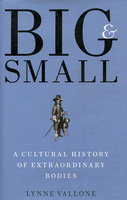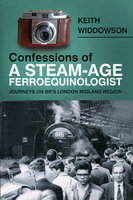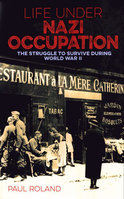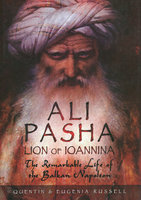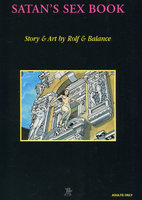Your basket is empty.
Categories Last Chance to buy! VIOLENCE OF EMPIRE: The Tragedy of the Congo-Ocean Railroad
VIOLENCE OF EMPIRE: The Tragedy of the Congo-Ocean Railroad
Book number: 93630
Product format: Hardback
In stock
Bibliophile price
£5.00
Published price
£25
Customers who bought this product also bought
|
BIG AND SMALL: A Cultural History of Extraordinary Bodies
Book number: 92412
Product format: Hardback
Bibliophile price
£3.00
Published price
£20
|
CONFESSIONS OF A STEAM-AGE FERROEQUINOLOGIST
Book number: 93215
Product format: Paperback
Bibliophile price
£2.75
Published price
£16.99
|
LIFE UNDER NAZI OCCUPATION
Book number: 88564
Product format: Paperback
Bibliophile price
£3.50
Published price
£9.99
|
NAZI SEX SPIES
Book number: 88567
Product format: Paperback
Bibliophile price
£5.00
Published price
£9.99
|
ALI PASHA, LION OF IOANNINA:
Book number: 93888
Product format: Hardback
Bibliophile price
£7.00
Published price
£25
|
SATAN'S SEX BOOK
Book number: 93956
Product format: Paperback
Bibliophile price
£9.00
Published price
£21
|
Browse these categories as well: Last Chance to buy!, History, Transport


